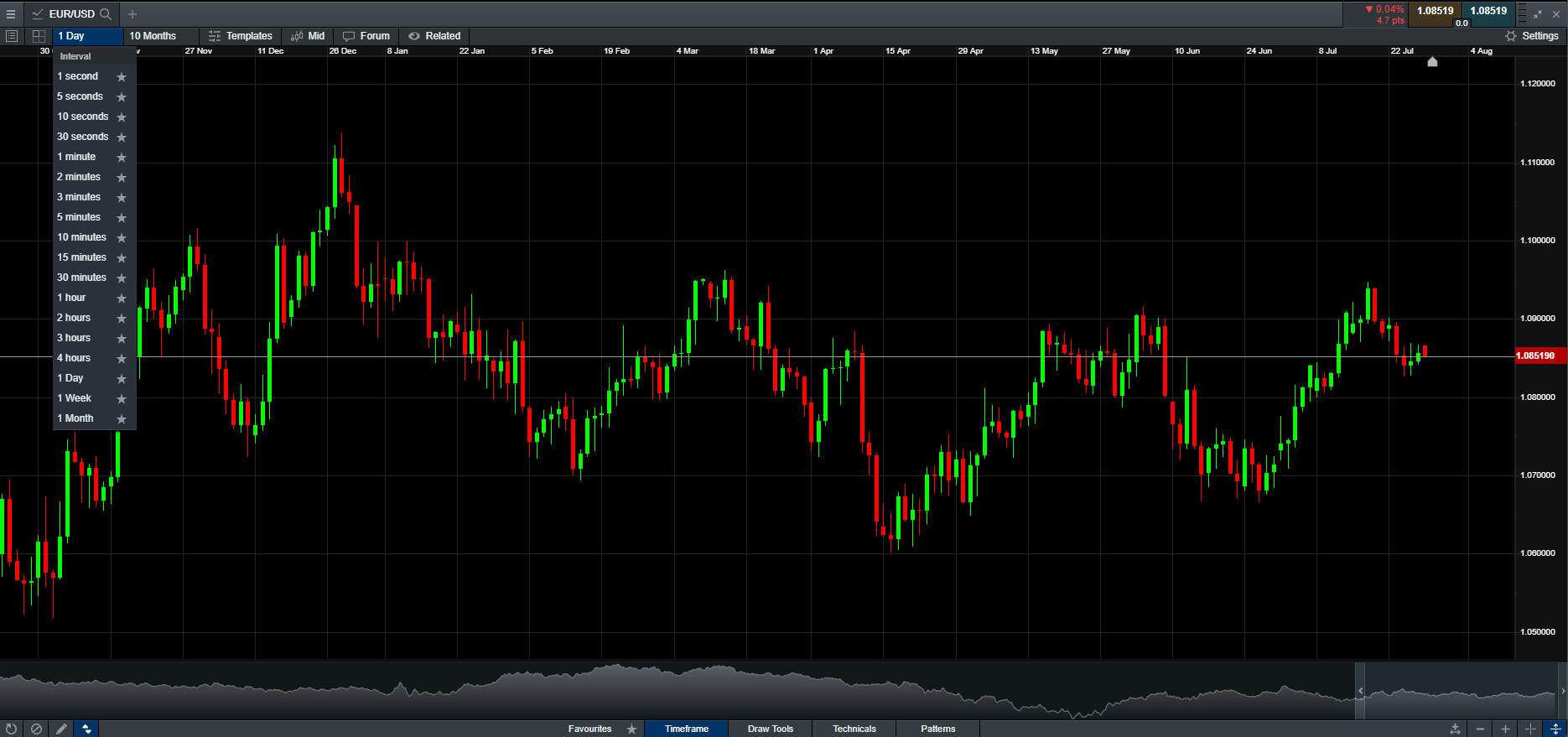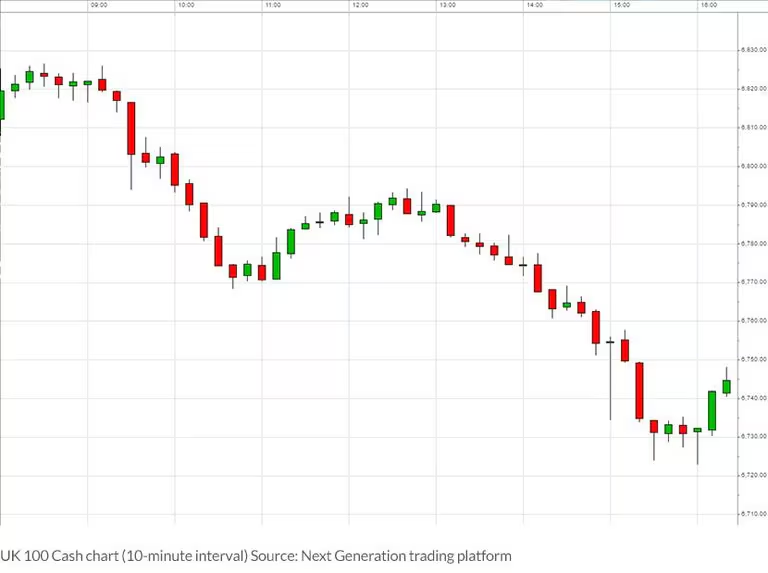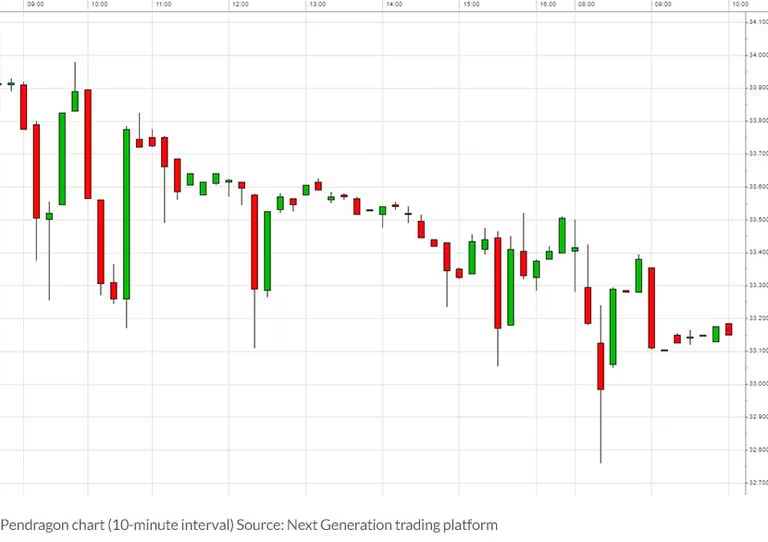Few traders consider what sort of timeframe they should be looking at when using price charts for the instruments they're looking to trade. Choosing the right timeframe for charts is an important part of the trading process.
Many traders use chart patterns for their chosen markets to figure out points such as where to buy and sell, where to set a stop-loss order, and how much potential profit or loss there could be in their trading ideas.
This article has been written with the aim of helping you pick the best charts and timeframes for the markets you wish to trade.
Picking the right chart timeframes
We are spoiled for choice when it comes to chart data. If we want, we can have a chart that shows every single price change in the market we are watching, tick by tick. Many who are new to trading start by focusing on these very short-term charts. But that is not necessarily the best approach, particularly if you are trading markets that are not as volatile hour by hour (ones that do not move too much). Let’s look at a couple of examples:


